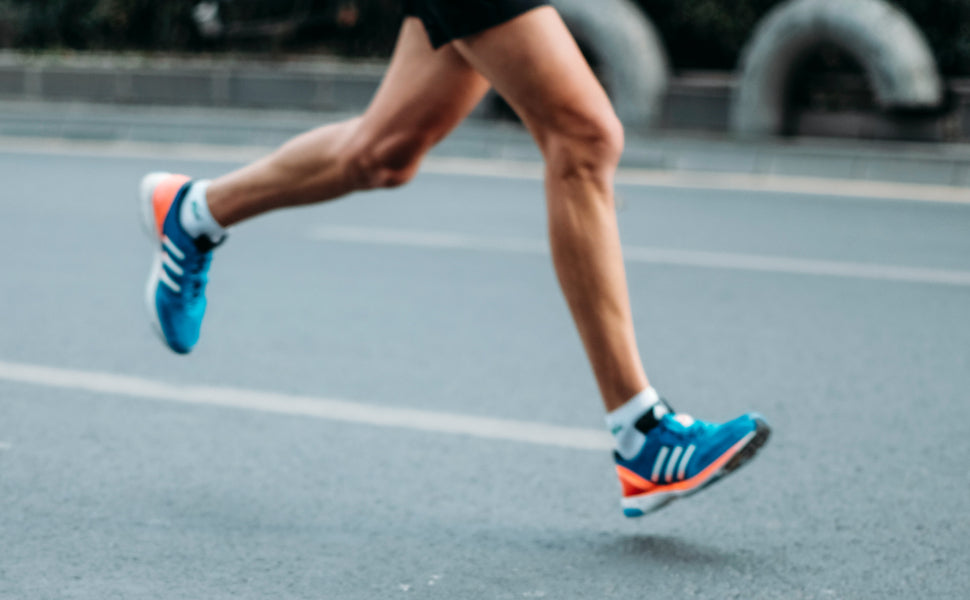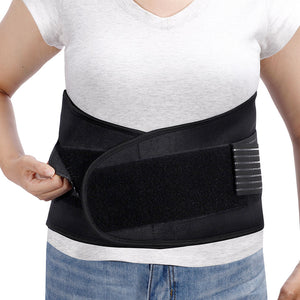Does Your Knee Get Hurt When You Run?

Many runners endure knee pain when running, which may be both irritating and debilitating. This article seeks to address this widespread problem by investigating the probable causes of knee pain when jogging and providing practical preventative and management advice. Through comprehension of appropriate running form and technique, integration of strengthening workouts, and flexibility work, readers will acquire significant knowledge about preserving healthy knees during running.
fivalifitness.com
Cause
Running-related knee pain can have a variety of reasons, and knowing what these are is essential to controlling and preventing the pain. Running-related knee pain is frequently caused by the following factors:
- Overuse: The knee joints and surrounding tissues can become strained by running lengthy distances or increasing mileage too quickly without enough rest, which can cause pain.
- Incorrect biomechanics: Inadequate running form, which includes overstriding, landing firmly on the heels, and excessive inward or outward foot rotation, can cause additional strain on the knees and consequent discomfort.
- Weak muscles: Instability and increased stress on the knee joints can result from weak quadriceps, hamstrings, and glutes, among other knee-supporting muscles.
- Runner's knee (Patellofemoral pain syndrome): This ailment involves cartilage irritation under the kneecap, frequently caused by muscle strength imbalances or tightness in the surrounding muscles.
- IT band syndrome: Pain outside the knee is caused by tightness or inflammation in the iliotibial (IT) band, which runs along the outside of the thigh.
- Arthritis or other underlying problems: Running-related knee pain can be brought on by pre-existing illnesses such as rheumatoid arthritis or osteoarthritis.
It's crucial to remember that every person may have a different exact reason for knee discomfort. Getting medical advice can assist in identifying the precise underlying cause of knee pain and creating a suitable treatment plan.
Assessing Running Technique and Form
Assessing and improving running technique and form can help prevent knee pain while running. Here are some pointers:
- Posture: Keep your shoulders loose, your chest open, and your head high to maintain proper posture. Refrain from slumping or bending forward.
- Foot strike: Instead of slamming your heels into the ground, land softly on your midfoot. The force applied to the knees can be increased by overstriding or landing too hard.
- Length of stride: Steer clear of overstriding, as this may put more strain on the knees. Rather, strive for a comfortable and natural stride length.
- Cadence: Aim for a cadence of 170-180 steps per minute to assist in decreasing knee impact.
- Running uphill: Shorten your stride and incline your body slightly forward. Refrain from overstriding and softly land on your midfoot when sprinting downhill.
- Cross-training: Adjust your regimen to include cross-training exercises such as swimming or cycling to enhance overall fitness and lower your chance of overuse issues.
Remember to start slowly and gradually build up intensity and distance to avoid injury. If you're worried about your running form, consider getting advice from a coach or medical expert.
fivalifitness.com
Preventive Measures
It's critical to take precautions in order to lower the chance of experiencing knee pain while running. You can include the following tactics in your daily routine:
- Warm-up: Do a vigorous warm-up before jogging to improve blood flow, heat up your muscles, and get your joints ready for action. Incorporate movements such as walking lunges, high knees, and leg swings.
- Gradual advancement: Steer clear of abrupt increases in distance or intensity. Increase your running volume and intensity gradually to give your body time to adjust and lower your chance of overuse issues.
- Strength training: Incorporate workouts that strengthen the quadriceps, hamstrings, and glutes—the muscles that surround the knees. Strong muscles give the knees more stability and support. Step-ups, lunges, and squats are a few examples of useful exercises.
- Cross-training: To relieve your knees from the constant strain of running, try adding in other types of exercise like swimming, cycling, or strength training. By doing so, you may lower your chance of overuse injuries and increase your general level of fitness.
- Rest and repair: Give your body enough time to heal and rebuild between running sessions by scheduling enough rest days. When your body tells you to, take active recovery days or rest days.
- Think about using knee braces: They can stabilize and support the knee joint, especially during sports or other vigorous activity. They can aid with pain relief and injury prevention.
- The right kind of shoes: Pick running shoes that support and cushion your feet according to your gait. For assistance in selecting the ideal running shoes, speak with an expert at a specialty store.
- Use your surface carefully. Although concrete and asphalt absorb more impact than softer surfaces like grass, trails, or rubber tracks, use these options whenever you can.
- Stretching and mobility: To keep the muscles around your knees flexible, do frequent stretching and mobility exercises. Stretching the quads, hamstrings, calves, and IT band should be your main priority.
Keep in mind that every person has a unique body; therefore, it's critical to pay attention to your body's needs and modify your exercise accordingly. For a precise diagnosis and suitable therapy, it's best to speak with a healthcare provider if your knee discomfort is ongoing or getting worse.
Reference
What Are Common Knee Injuries from Running?
Knee Pain From Running? | Prevent Runner's Knee! - YouTube
*Disclaimer
The information provided in articles written by Fivali is intended for educational and reference purposes only. The content on this website (www.fivalifitness.com) is not intended to diagnose, treat, cure, or prevent any disease. We do not recommend self-diagnosis or self-treatment based on the information provided in our articles. Always consult a qualified healthcare professional if you have any concerns about your health or well-being.
If you are experiencing any symptoms or discomfort, we strongly encourage you to seek medical attention from a qualified healthcare professional. Only a licensed healthcare practitioner can provide an accurate diagnosis and appropriate treatment plan tailored to your individual needs.
-
Posted in
Brace, Healthy Lifestyle, sports













